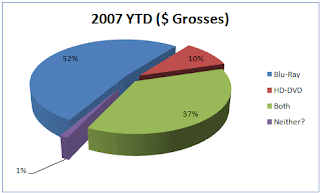
www.mega.nu/ampp/rummel/uc.htm
The correlation matrix is basic to many kinds of analysis. It is a bridge over which scientists can move from their data to sophisticated statistical analyses of patterns, dimensions, factors, causes, dependencies, discriminations, taxonomies, or hierarchies. Each coefficient measures the degree and direction (sign) of the correlation between the row and column variables. The statistical analysis above shows certain variables (GNP per capita, Trade, Power, Stability,..etc) and how they correlate to one another.

























